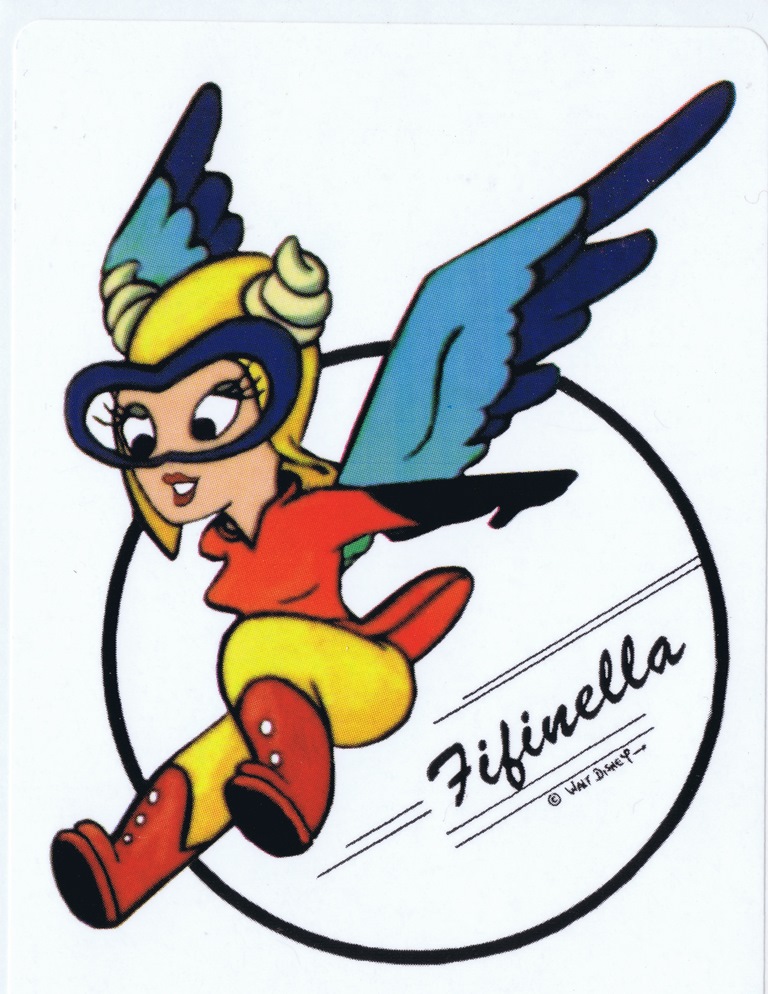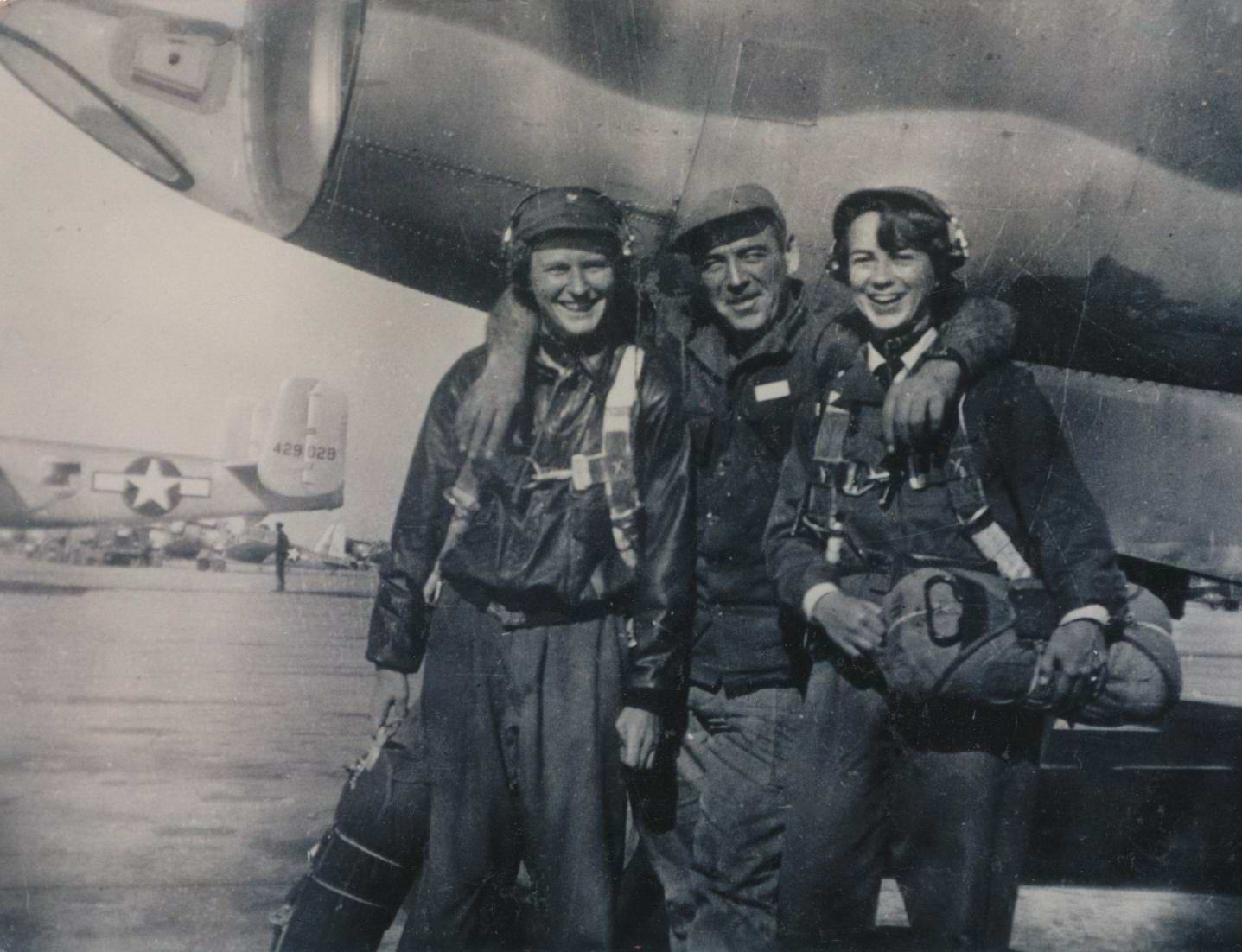

Fifnella Home Page | TWU/WASP Archives | National WASP Museum | Rose Parade Project | Wings Across America |
HISTORY: In the depths of World War II, the United States Army Air Forces needed more pilots and so in September 1942 they turned to women as an answer. Led by famed aviators Jacqueline Cochran and Nancy Love, some 1,102 women served as WASP. They flew every aircraft the USAAF had from trainer aircraft such as the AT-6 to pursuits such as the P-51, P-38 and P-63 as well as all the bombers including the B-17, B-26 and B-29.

Women Airforce Service Pilots (WASP) : More than 25,000 women applied to the program, 1,830 were invited to training in Sweetwater, Texas, (after a brief period in Houston) and 1,102 American women 18 ½ to 35 years old served as WASP. They all had to be pilots (at minimum 35 hours) before being admitted to training.
 The WASP flew every aircraft in the USAAF inventory in a wide variety of duties within the continental United States, assigned to bases across the breadth of the United States. Duties included ferrying aircraft from factories to bases and points of embarkation, maintenance and engineering test flights, towing targets to train gunners (live ammunition was used), transportation of military personnel and many other duties leader Jacqueline Cochran called "aerial dishwashing." The women flew over 60 million miles and had accident and fatality records comparable to men completing similar duties. WASP also served as test pilots for experimental aircraft, including remote piloted aircraft (predecessors to today's "drones") and the early jet prototypes being developed. Thirty-eight women died either in training or an active duty as a WASP.
The WASP flew every aircraft in the USAAF inventory in a wide variety of duties within the continental United States, assigned to bases across the breadth of the United States. Duties included ferrying aircraft from factories to bases and points of embarkation, maintenance and engineering test flights, towing targets to train gunners (live ammunition was used), transportation of military personnel and many other duties leader Jacqueline Cochran called "aerial dishwashing." The women flew over 60 million miles and had accident and fatality records comparable to men completing similar duties. WASP also served as test pilots for experimental aircraft, including remote piloted aircraft (predecessors to today's "drones") and the early jet prototypes being developed. Thirty-eight women died either in training or an active duty as a WASP.
 The WASP served as civilians for the USAAF from September 1942 until their disbandment in December 1944. While many expected to be brought into USAAF, which they missed by a narrow Congressional vote after an ugly public battle in the summer of 1944, the women who served as WASP all flew because they believed their country needed them and they wanted to do their part for the war effort. They were finally recognized as Veterans in 1977. They were honored with the Congressional Gold Medal in 2010.
The WASP served as civilians for the USAAF from September 1942 until their disbandment in December 1944. While many expected to be brought into USAAF, which they missed by a narrow Congressional vote after an ugly public battle in the summer of 1944, the women who served as WASP all flew because they believed their country needed them and they wanted to do their part for the war effort. They were finally recognized as Veterans in 1977. They were honored with the Congressional Gold Medal in 2010.
Further info? Contact: Kate Landdeck, Ph.D., Kate@fifinella.com, 940-368-0164.
"The legacy the WASP leave us with is that if you have dedication, commitment, and a desire to serve, then you can overcome tremendous obstacles."
--- USAF Major Nicole Malachowski, White House Fellow, First Female USAF Thunderbird Pilot.
"You and more than 900 of your sisters have shown that you can fly wingtip to wingtip with your bothers. If ever there was any doubt in anyone's mind that women can become skillful pilots, the WASP have dispelled that doubt. I want to stress how valuable I believe the whole WASP program has been for the country. . . . We . . . know that you can handle our latest fighters, our heaviest bombers; we . . . know that you are capable of ferrying, target towing, flying training, test flying, and the countless other activities which you have proved you can do. So, on this last graduation day, I salute you and all WASP. We of the Army Air Force are proud of you, we will never forget our debt to you."
--- General H. "Hap" Arnold, Commander US ARMY AIR FORCES (December 1944) speaking at the disbandment of the WASP